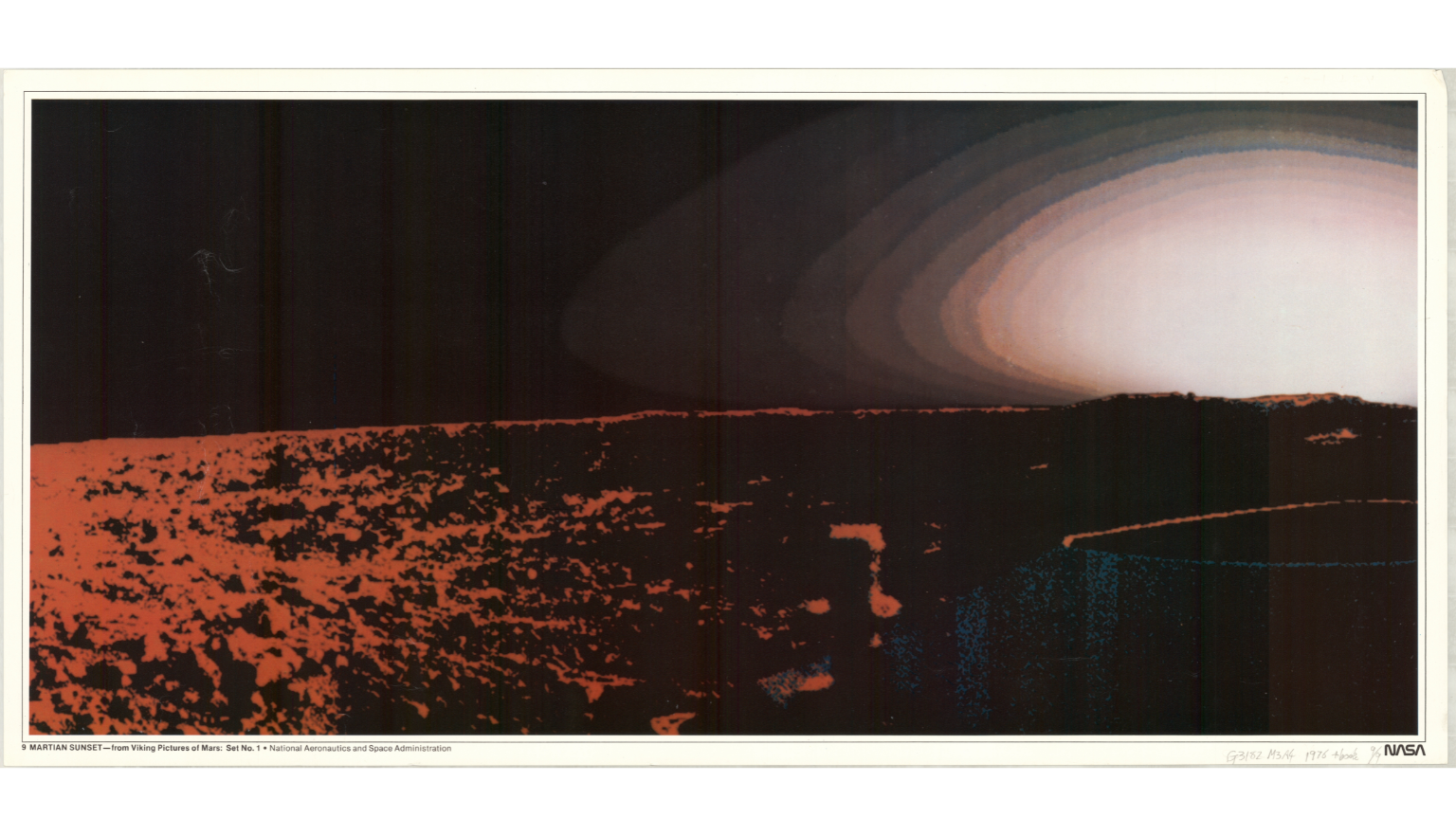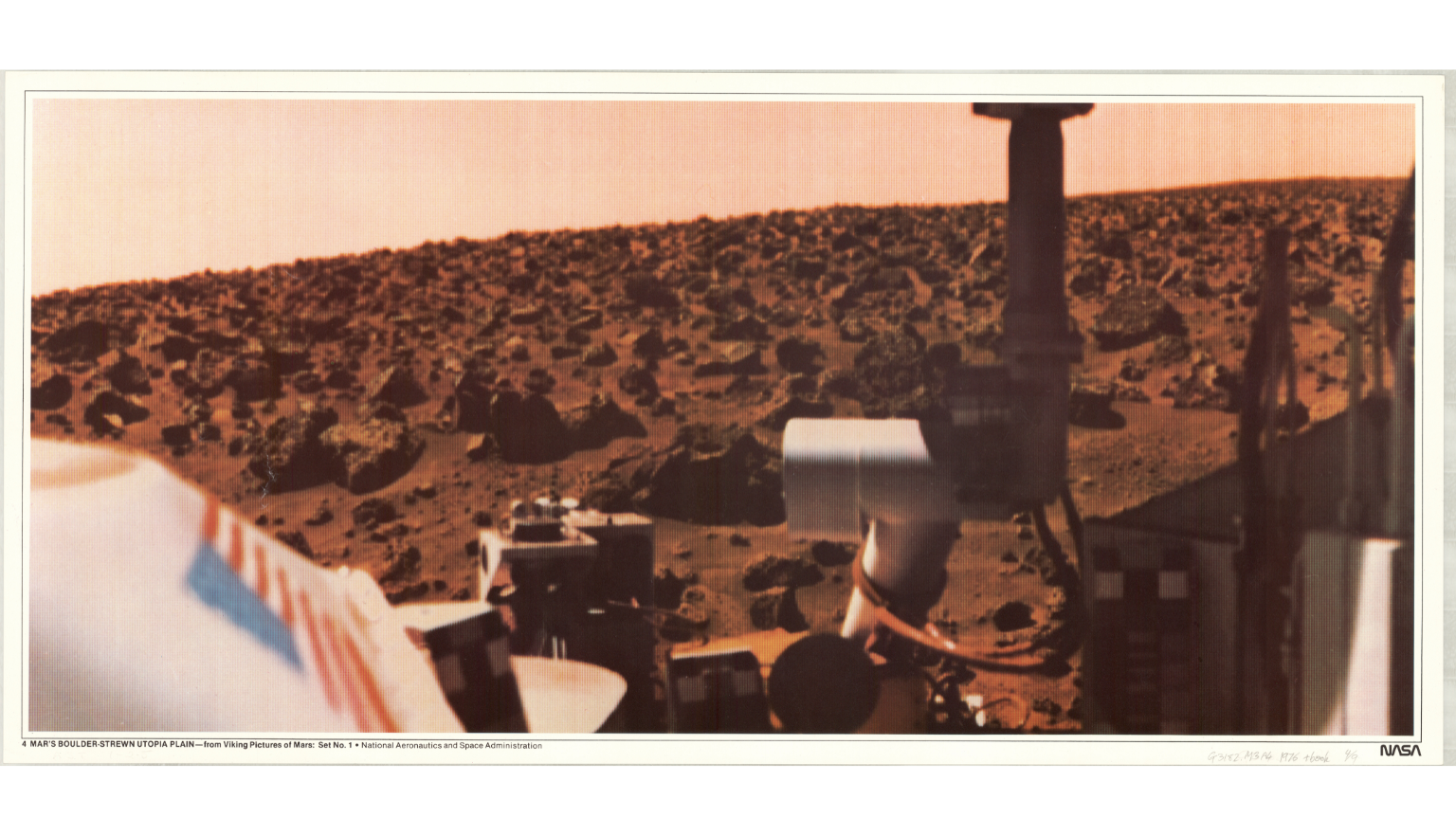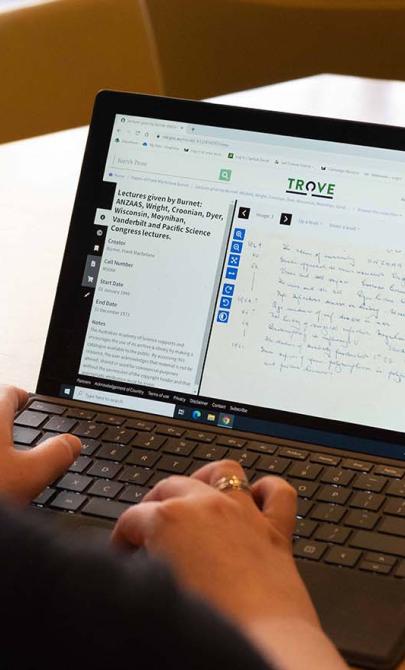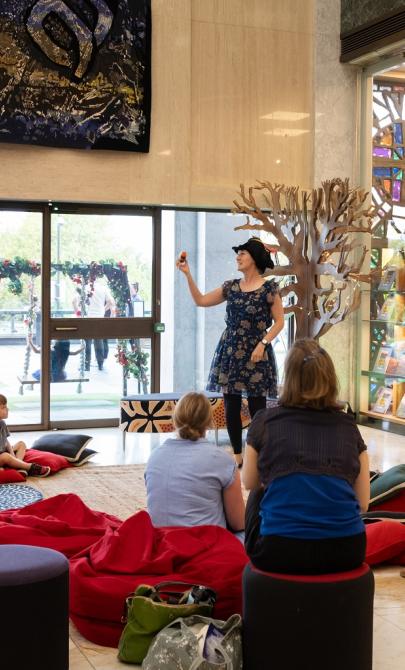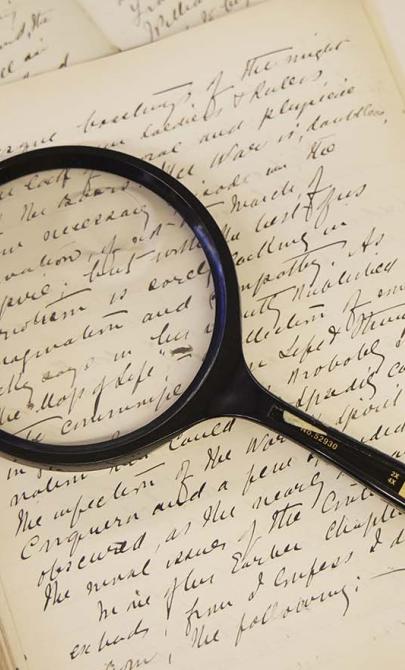Communication
Newspapers
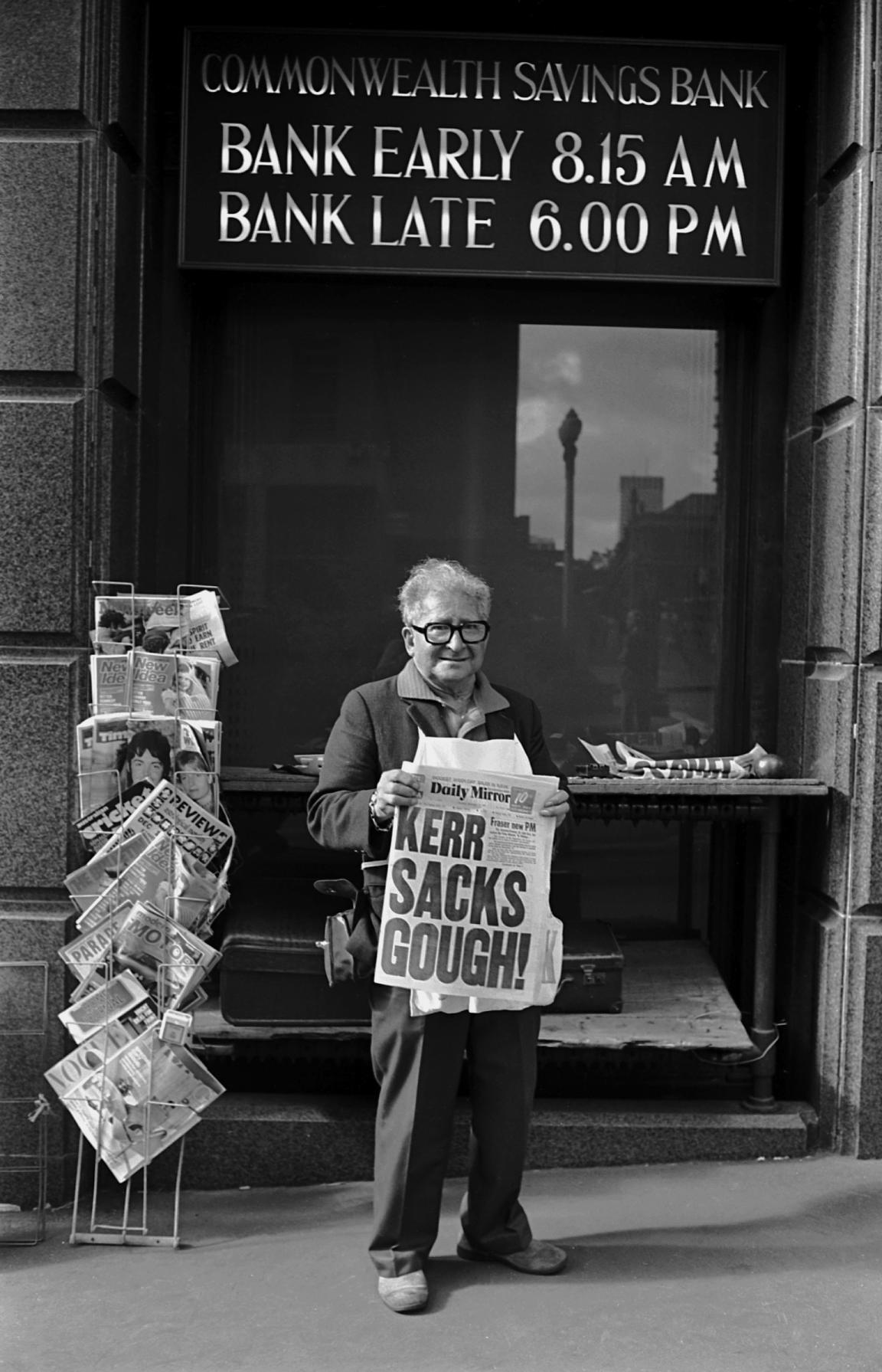
Robert McFarlane, Newspaper vendor holding a copy of the Daily mirror with the headline 'Kerr sacks Gough', Martin Place, Sydney, 1975, nla.gov.au/nla.obj-152388014
Robert McFarlane, Newspaper vendor holding a copy of the Daily mirror with the headline 'Kerr sacks Gough', Martin Place, Sydney, 1975, nla.gov.au/nla.obj-152388014
Activity 1
Look at this picture of a newspaper vendor from 1975.
- What do you notice?
- How were newspapers printed?
- How do you think people felt when they saw big news stories?
- What can we learn from old headlines?
- How does your family find out the news today?
Telephones
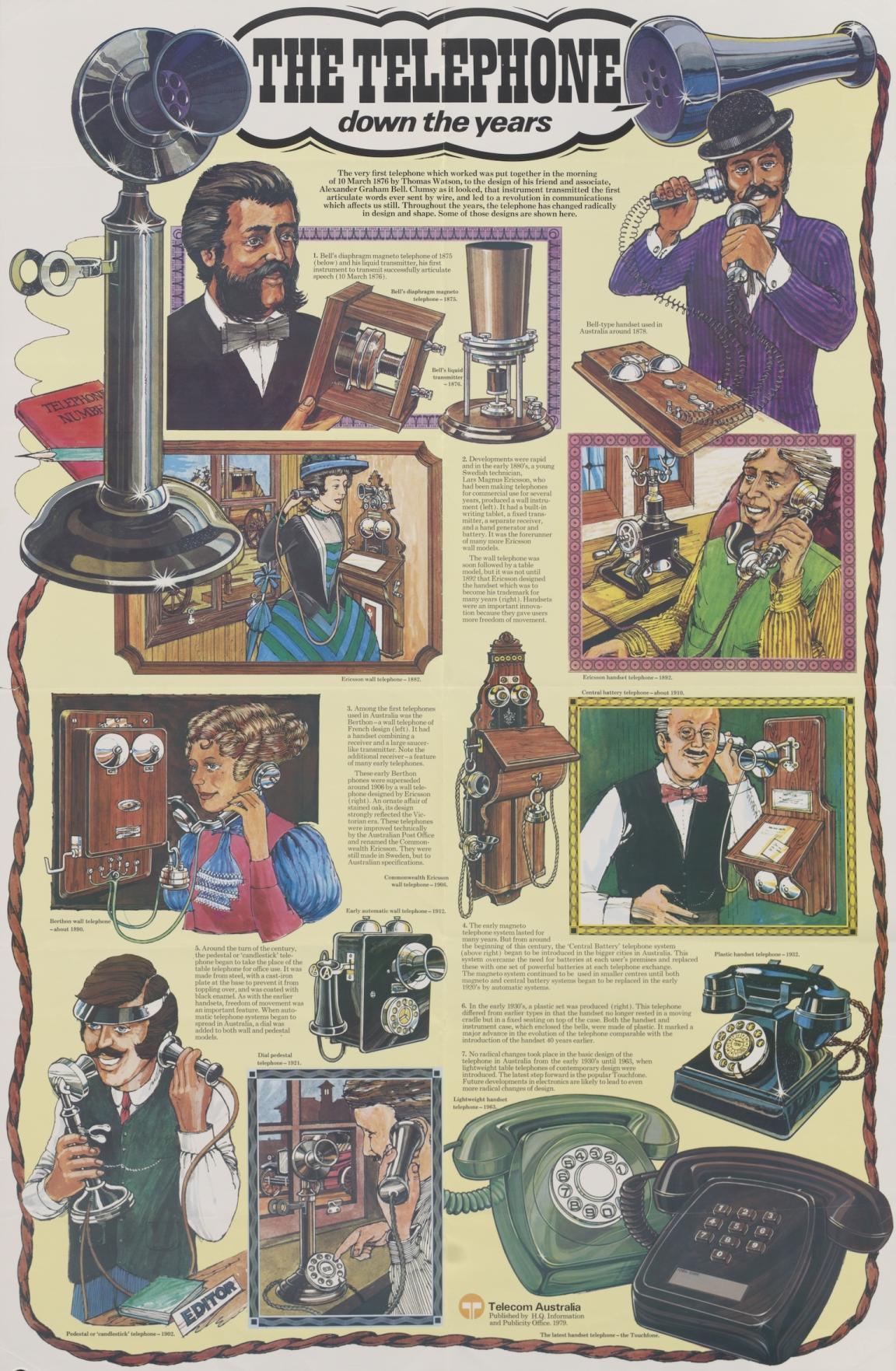
Telecom Australia, The telephone down the years, 1976, nla.gov.au/nla.obj-2836787137
Telecom Australia, The telephone down the years, 1976, nla.gov.au/nla.obj-2836787137
Activity 2
Explore this poster created by Telecom Australia in 1976.
- What do you see?
- How do you think people used these phones in the past?
Compare with phones you have seen today.
- What does your phone or tablet look like today?
- What can your phone do that old phones could not?
Predict – What will phones look like 50 years into the future? Design your own phone and present it in a poster.
See more Telecom Australia posters in Trove.
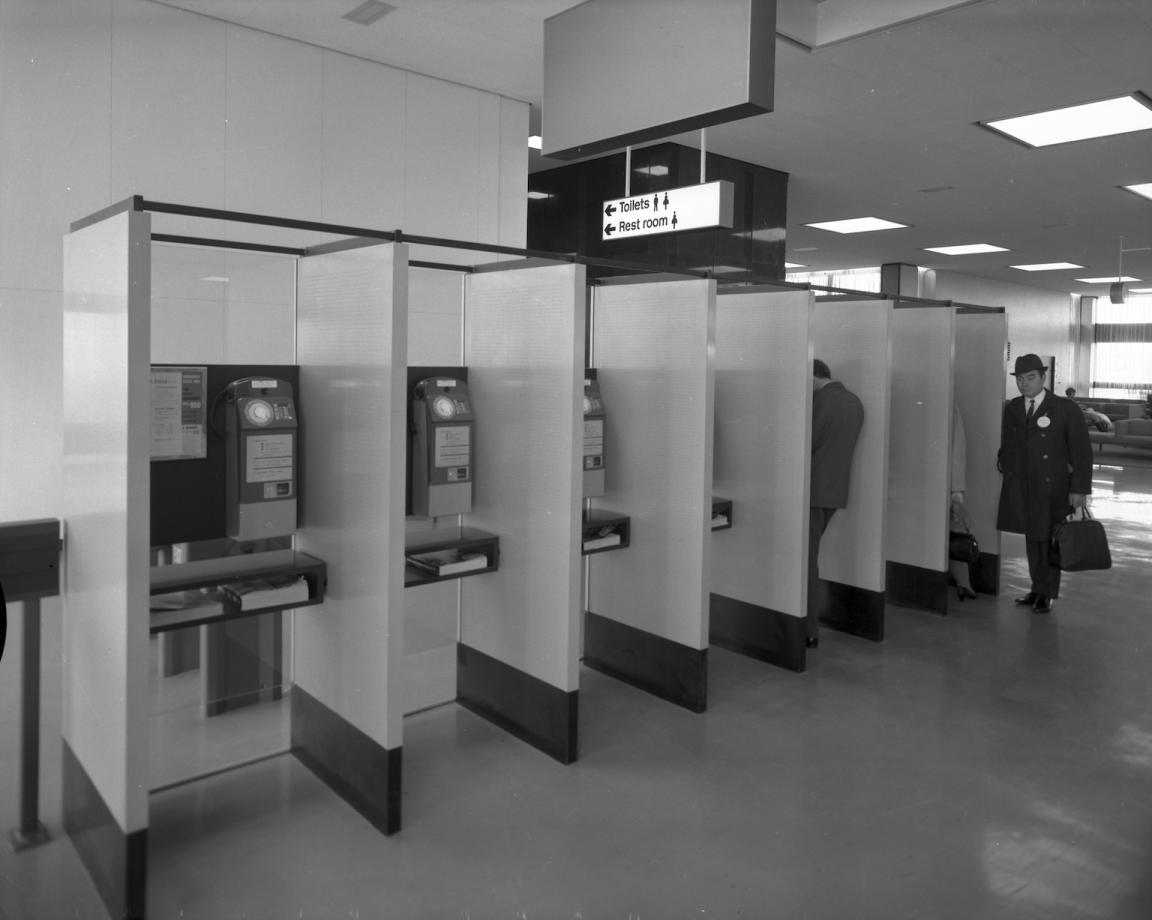
John Mulligan, Public telephone booths at the Sydney International Airport, Mascot, 24 May 1970, nla.gov.au/nla.obj-145348198
John Mulligan, Public telephone booths at the Sydney International Airport, Mascot, 24 May 1970, nla.gov.au/nla.obj-145348198
Activity 3
These phone booths were photographed at the International Airport in Mascot, Sydney. Encourage students to turn and share what they notice with the person next to them. Students can use the Generate, Sort, Connect, Elaborate thinking routine to dive deeper.
Generate – Ask students to brainstorm ideas or questions:
- Why do you think there are so many phones?
- What would people use these phones for?
- What’s different about these phones and ones we use today?
Sort – Help students to sort their ideas:
- Uses of phones
- Types of phones
- Changes over time
Connect – Ask students to discuss:
- How are public phones and mobile phones similar?
- How are they different?
- What changed in people’s lives when the mobile phone became more common?
Encourage students to consider factors such as convenience, safety, cost and wait times.
Elaborate – Invite students to expand on one idea:
- Imagine you lived in a time with only public phones – what would your day be like?
- Draw a picture of someone using a public phone and someone using a mobile phone. What is happening in each scene?
Students can write or dictate a story, draw pictures or even act out their scene in pairs.
Television
Technology is always changing. The introduction of colour television in the 1970s was one very big change. The new colour television sets cost more than $1000, which is almost $10,000 in today’s money. This meant that some families couldn’t afford to buy a new set, or that one family in the street would often invite neighbours to come and watch with them.
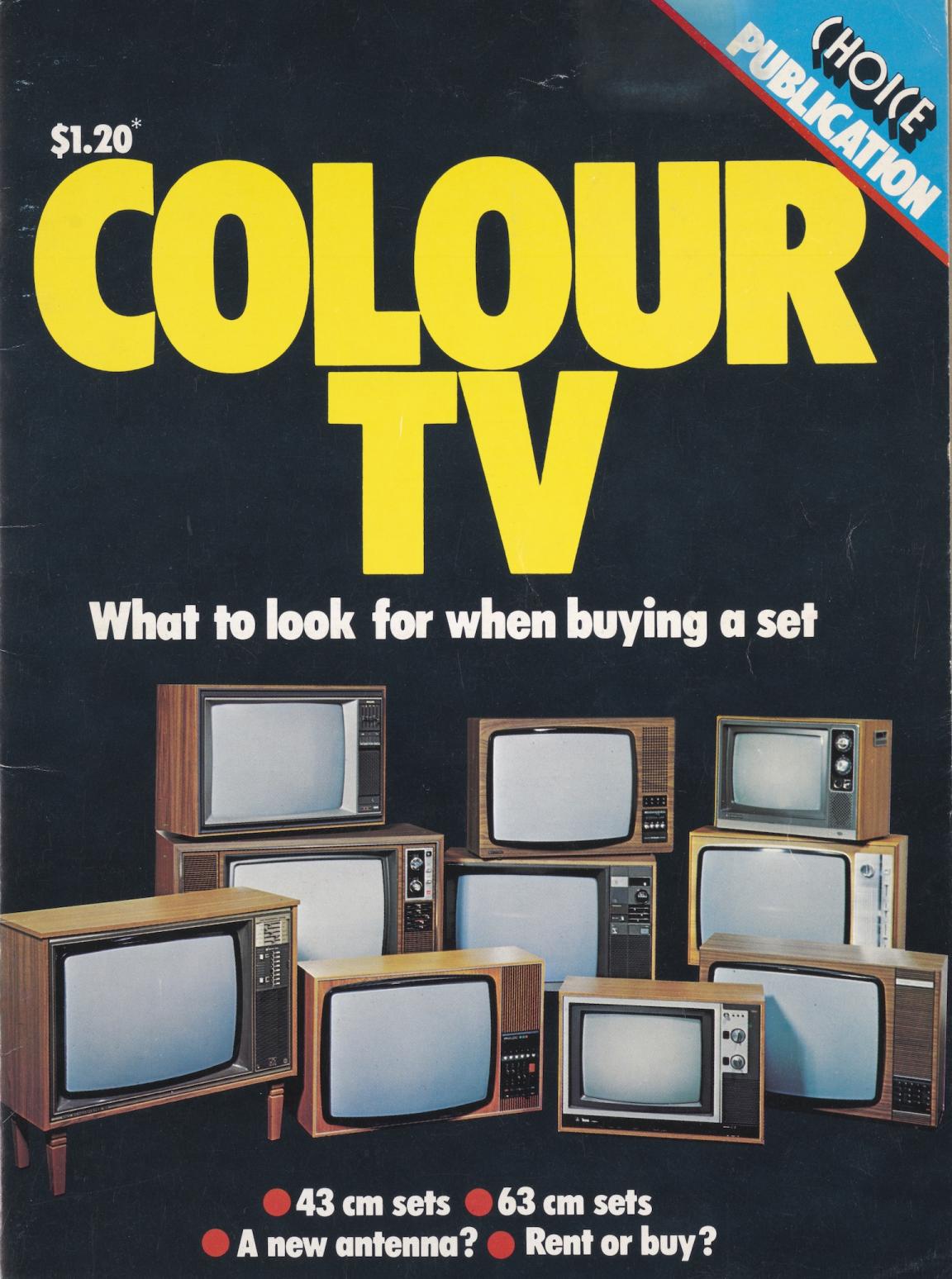
Australian Consumers' Association, Colour TV: what to look for when buying a set, 1977, nla.gov.au/nla.cat-vn1285282
Australian Consumers' Association, Colour TV: what to look for when buying a set, 1977, nla.gov.au/nla.cat-vn1285282
Activity 4
Compare the television sets in the Colour TV ad with a picture of a modern television. What has changed? Encourage students to imagine what it would be like to watch their favourite shows only in black and white.
Hold a class discussion.
- Has colour television changed the way we feel about watching our favourite shows?
- How would it feel to be able to see bright red fire trucks, green grass and blue skies for the first time after only watching shades of grey?
Space
Activity 5
These images were sent from Mars to NASA in 1976 as part of the Viking space exploration program. Use the See, Think, Wonder routine to engage students with the photos.
See – What colours, shapes or lines do you see? What does the land or sky look like? What details stand out?
Think – Why might the landscape look this way? Do you think anything lives here? What do you imaging being on Mars feels like?
Wonder – What questions do you have about Mars? Why do you think scientists sent a robot there? How did they achieve this? How would scientists have felt seeing these photos for the first time?
Drawing response – Invite students to think outside the photo and draw what they would maybe see. Are there mountains? Other robots? Martians?
